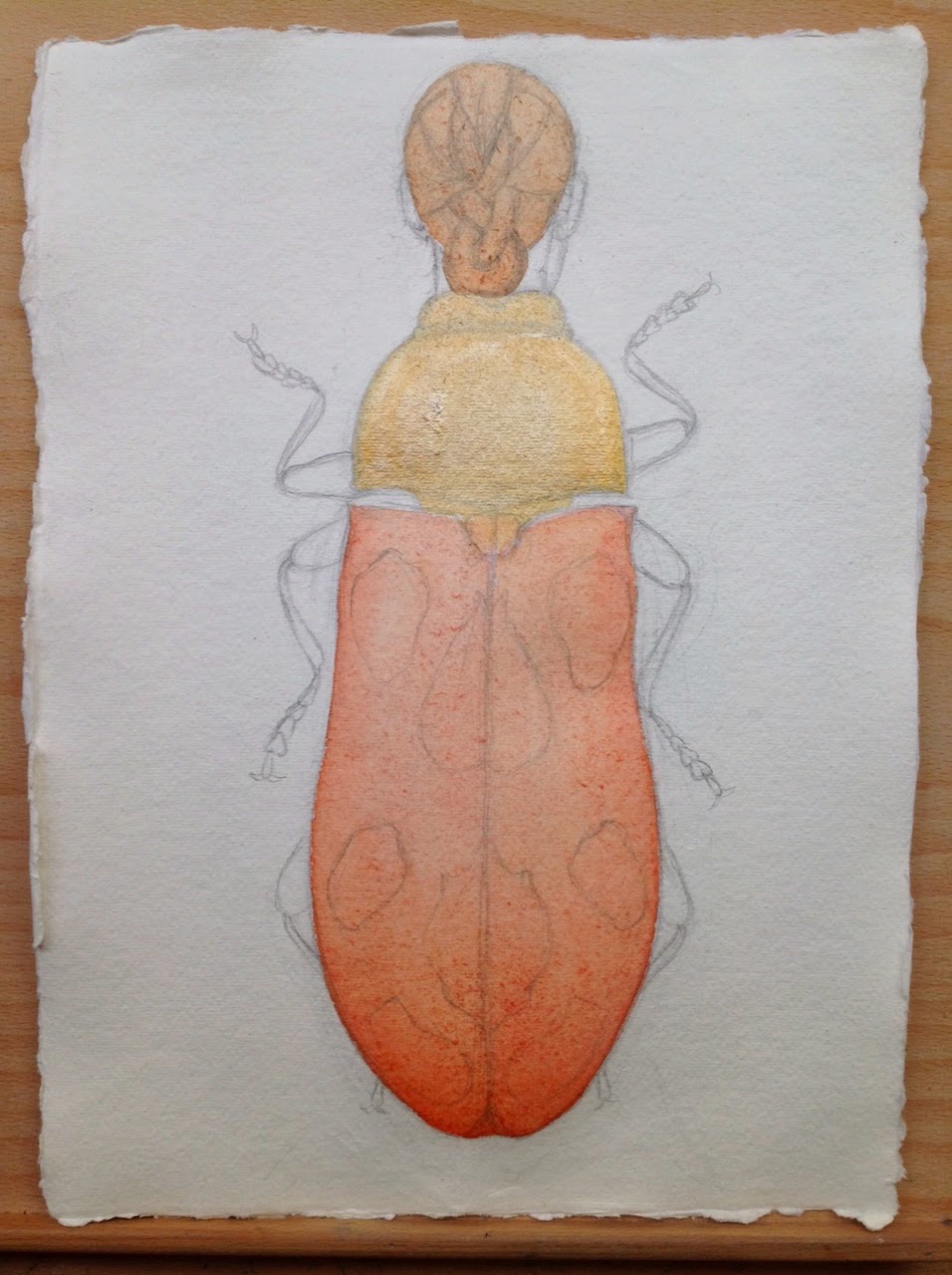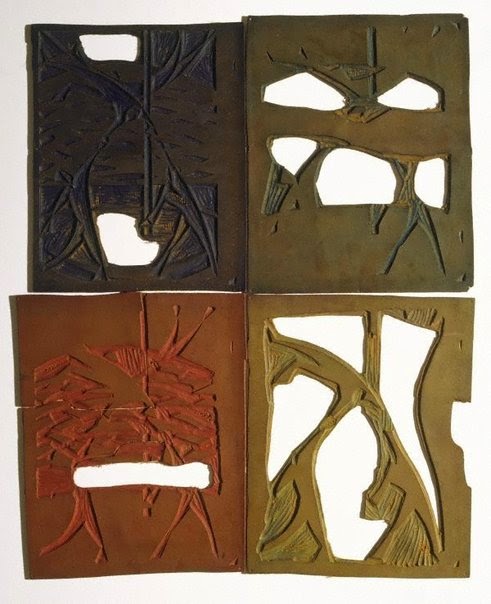Artist/educator James Pasakos founded Goldfields
Printmakers in 2012 as a point of connection for printmakers whose practice is based in
the Goldfields region of Victoria. In recent times the group has exhibited at the
Art Gallery of Ballarat, Art at Wharepuke, Kerikeri Bay of Islands, Northland, New
Zealand, and IMPACT 8, the International Print Conference in Dundee, Scotland.
On Saturday, October 4, the Goldfields
Printmakers will make their Melbourne debut in an eponymous group exhibition at
the Firestation Print Studio in Armadale.
Also making her Melbourne debut, if only in linocut form, is Moth Woman Vigilante #1 (pictured below).
 |
| Deborah Klein, Moth Woman Vigilante #1 (second state) hand coloured linocut, 15 x 15 cm, 2014 |
Exhibiting artists are:
Anne Langdon
Barbara Semler
David Pudney
Deborah Klein
Dianne Longley
Jackie Gorring
James Pasakos
Janette Wotherspoon
Josephine Walsh
Kim Barter
Loris Button
Melissa Proposch
Val McCann
Rosemary Eagle
The exhibition will be launched by Dr. Carole
Wilson, Honours and Research Degrees Co-ordinator – Creative Arts, Federation
University, Ballarat.
Please join us at the opening event:
Saturday 4 October 3 – 5 pm,
2 Willis Street
Armadale Vic
Gallery hours: Wednesday-Saturday 11 am – 5 pm
The exhibition runs until 18 October.






































